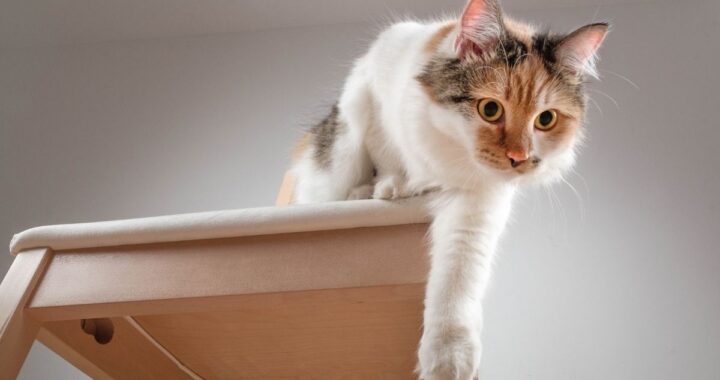How to Safely Help Your Cat After a Fall
When a cat gets injured or suffers a frightening crash, they’re not their usual selves. Even if your cat is typically calm, they’ll probably hide and use extreme caution when they’re frightened or in pain.
However, it’s important to assess a cat’s injuries to determine if they need to visit the vet after an accident.
Approaching a boo-boo kitty
The best way to approach a potentially injured cat is to move very slowly, using a calm, flat, reassuring tone of voice. Don’t attempt to touch the cat as you get down on their level and continue to speak calmly.
Observe the cat’s behavior. Are its ears flat? Is it hissing or growling? Are its eyes wide? If so, keep your hands to yourself. It’s best for everyone involved. If this behavior persists, don’t try to administer treatment on your own. Stay nearby, watch your cat, and call your veterinary clinic to get advice on what to do next.
If the cat is only shivering and crouching (without growling), you can attempt to pet it. Start with short, gentle strokes behind the head. If they permit it, you can then continue to pet the rest of their head and neck. Stroking their ears and chin can be particularly comforting.
Assessing their boo-boos
Signs of pain and injury may be obvious, like bleeding, limping and swelling, but they may also be more subtle, such as:
- Reluctance to stand or walk
- Stiff gait
- Difficulty breathing (including panting)
- Whining
- Difficulty eating
Serious injuries need immediate veterinary treatment, but some basic first aid may be administered at home. You should protect open wounds and control bleeding with pressure if possible. If you suspect your cat may have injured its back, keep it as still as you can.
Preventing boo-boos from falls
Cats like to climb, and they’re good at it. It’s not easy to keep them from jumping on furniture and countertops. Do your best to make the most precarious ledges inaccessible and avoid placing slippery fabrics, such as blankets or doilies in places where your cat likes to jump.
The truth is cats don’t actually always land on their feet, and cat owners need to be prepared to handle the occasional spill.




